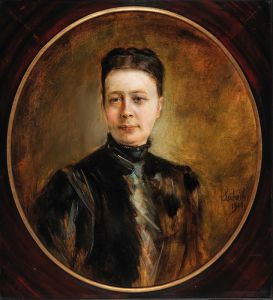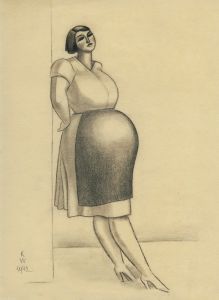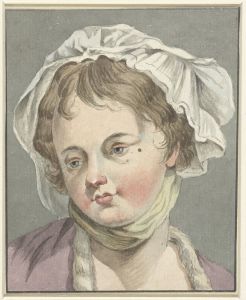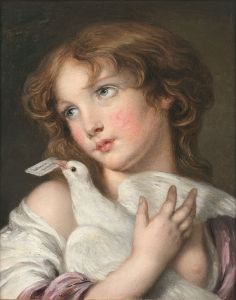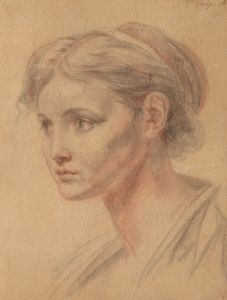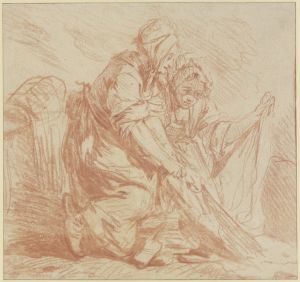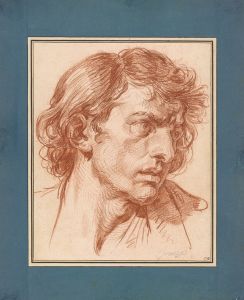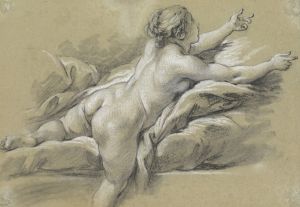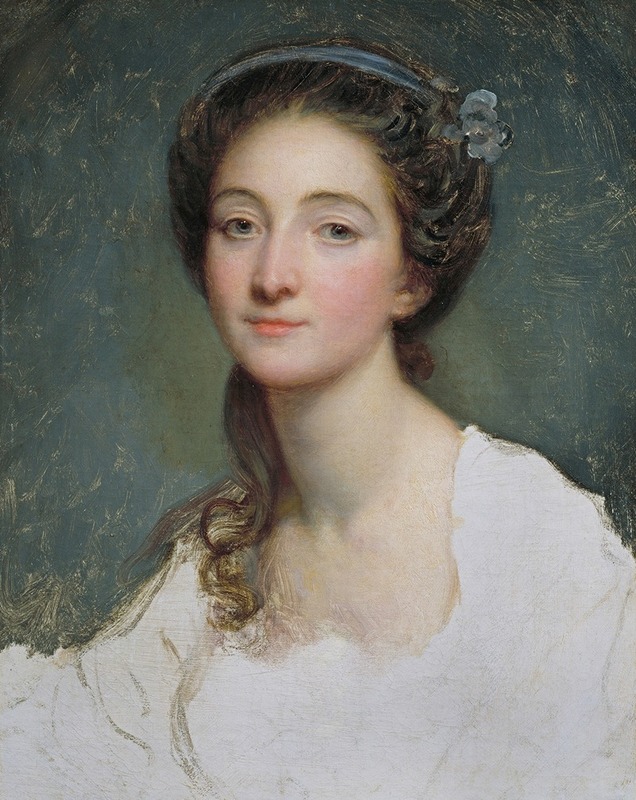
Portrait of a Woman
A hand-painted replica of Jean-Baptiste Greuze’s masterpiece Portrait of a Woman, meticulously crafted by professional artists to capture the true essence of the original. Each piece is created with museum-quality canvas and rare mineral pigments, carefully painted by experienced artists with delicate brushstrokes and rich, layered colors to perfectly recreate the texture of the original artwork. Unlike machine-printed reproductions, this hand-painted version brings the painting to life, infused with the artist’s emotions and skill in every stroke. Whether for personal collection or home decoration, it instantly elevates the artistic atmosphere of any space.
"Portrait of a Woman" is a painting by the French artist Jean-Baptiste Greuze, who was renowned for his genre paintings, portraits, and moralizing scenes. Greuze was born on August 21, 1725, in Tournus, France, and he became one of the most celebrated painters of the 18th century. His works are characterized by their detailed realism and emotional depth, often reflecting the social and moral issues of his time.
The exact date of the creation of "Portrait of a Woman" is not definitively known, but it is generally attributed to the latter part of Greuze's career, around the late 18th century. This period was marked by his focus on portraiture, where he skillfully captured the subtleties of human expression and character.
In "Portrait of a Woman," Greuze employs his typical meticulous technique to render the subject with great attention to detail. The woman depicted in the painting is shown in a half-length pose, gazing directly at the viewer. Her expression is serene yet introspective, suggesting a depth of character and emotion. The artist's use of light and shadow enhances the three-dimensionality of the figure, giving her a lifelike presence.
The background of the painting is relatively plain, which serves to draw attention to the subject's face and attire. The woman is dressed in a simple yet elegant garment, indicative of the fashion of the time. Greuze's ability to depict the texture of the fabric and the delicate features of the woman's face showcases his technical prowess and his keen observational skills.
Jean-Baptiste Greuze's portraits are often noted for their psychological insight, and "Portrait of a Woman" is no exception. The painting reflects the artist's interest in capturing not just the physical likeness of his subjects, but also their inner lives. This approach was somewhat innovative for the period, as it moved beyond the more superficial portrayals common in earlier portraiture.
Greuze's work was highly regarded during his lifetime, and he enjoyed considerable success. However, his reputation declined towards the end of his life and after his death on March 4, 1805. It was not until the 19th and 20th centuries that his contributions to art were re-evaluated and appreciated once more.
Today, "Portrait of a Woman" is considered an important example of Greuze's portraiture. It is held in various private and public collections, and it continues to be studied and admired for its artistic merit and historical significance. The painting exemplifies Greuze's ability to blend technical skill with emotional depth, making it a valuable piece in the history of French art.
In summary, "Portrait of a Woman" by Jean-Baptiste Greuze is a testament to the artist's mastery of portraiture and his ability to convey the complexities of human emotion. Through his detailed and nuanced approach, Greuze has created a work that remains compelling and relevant to this day.





